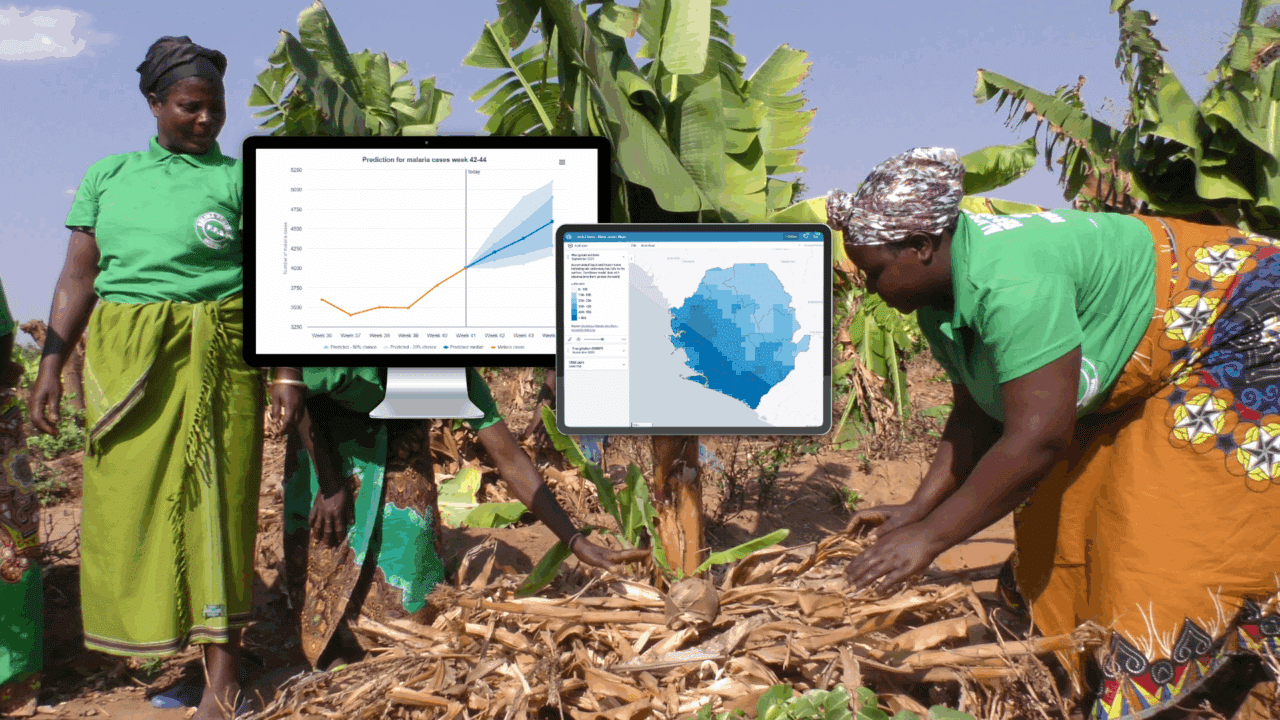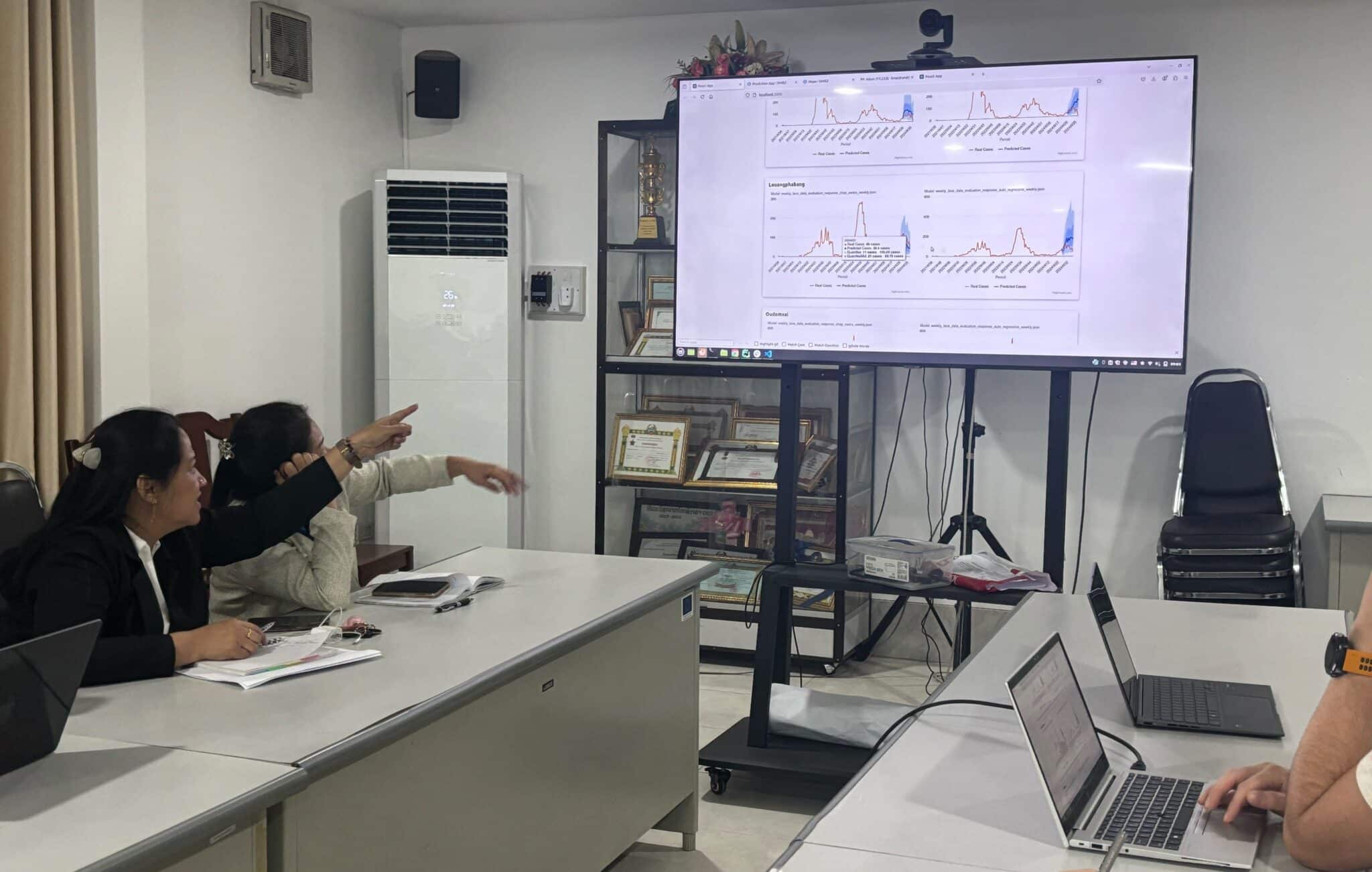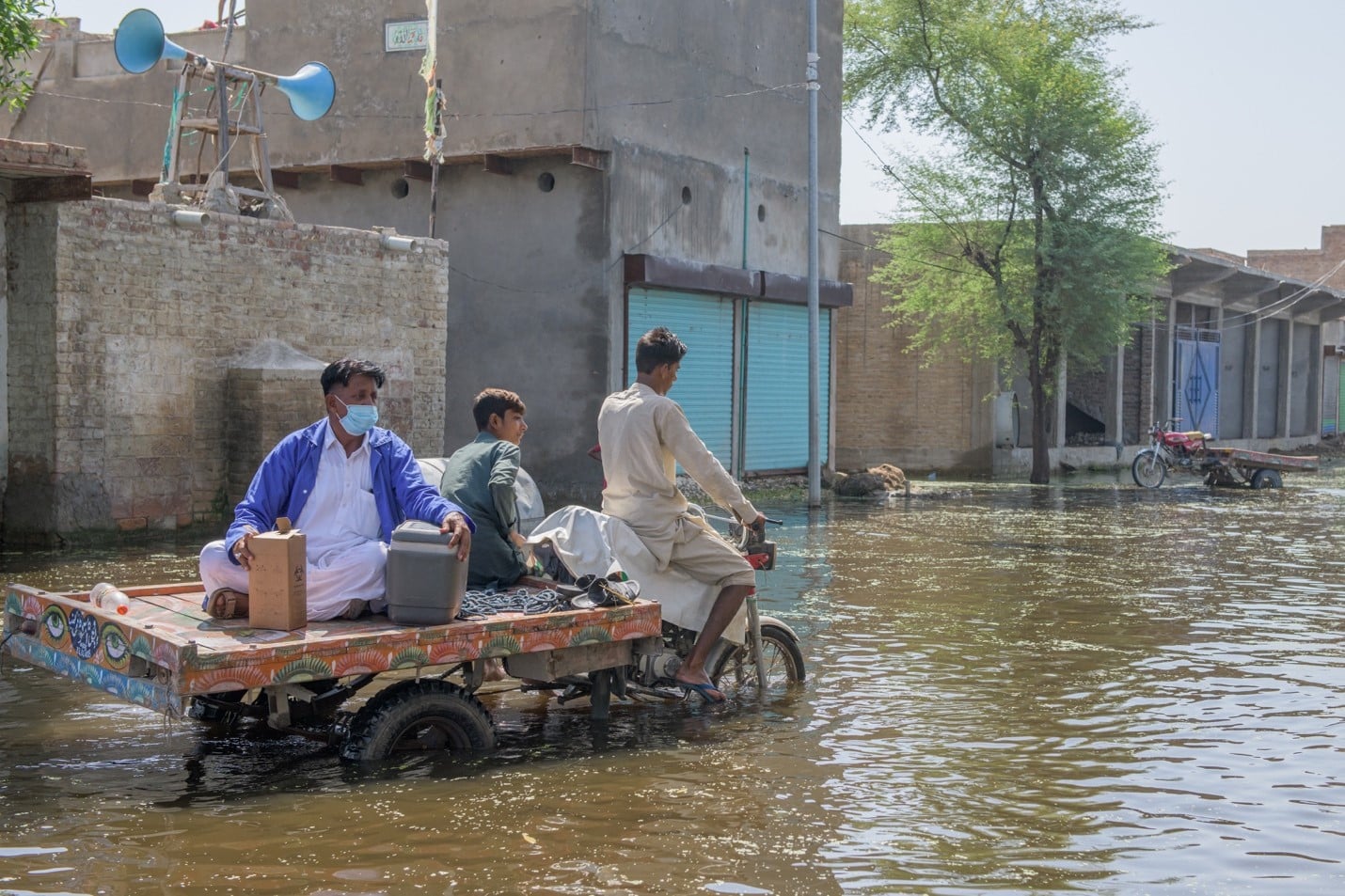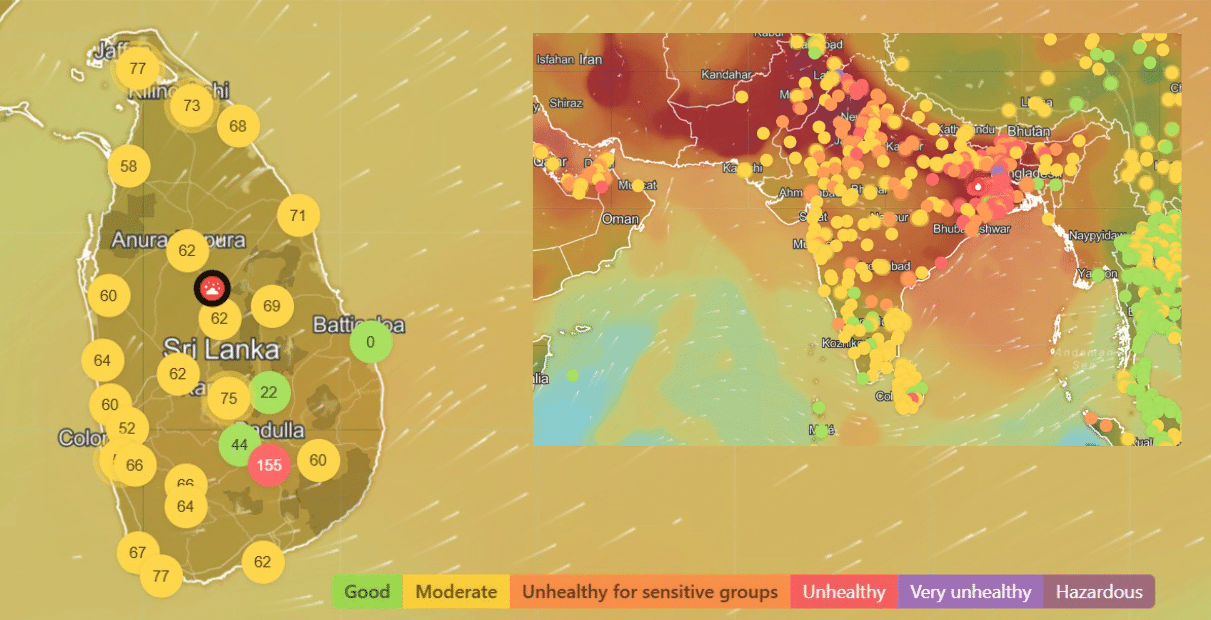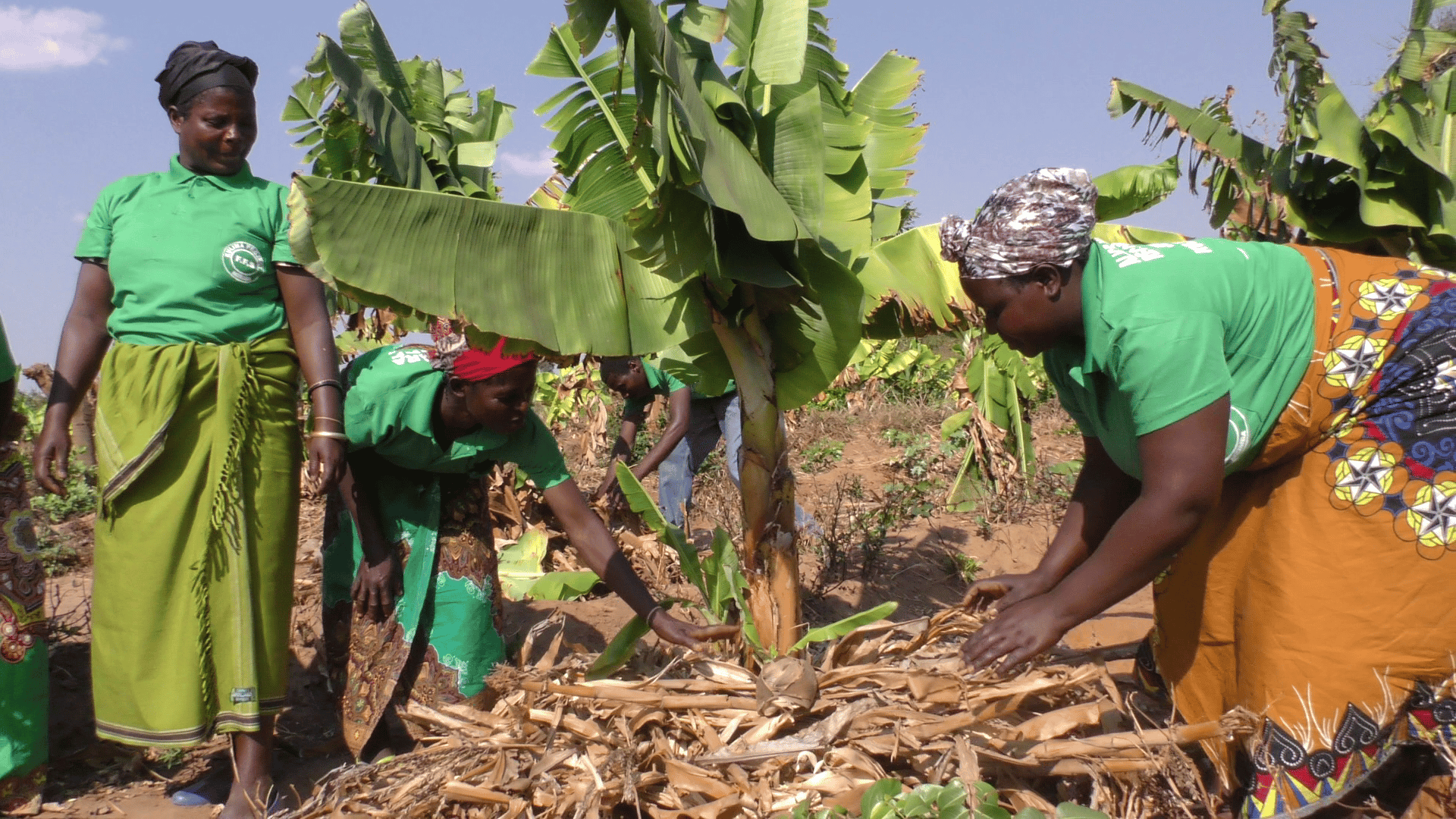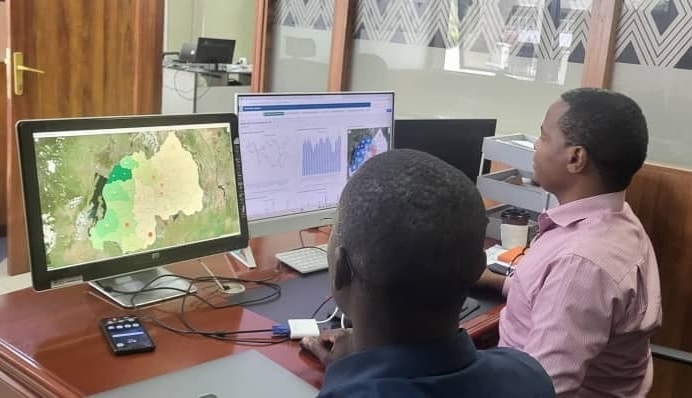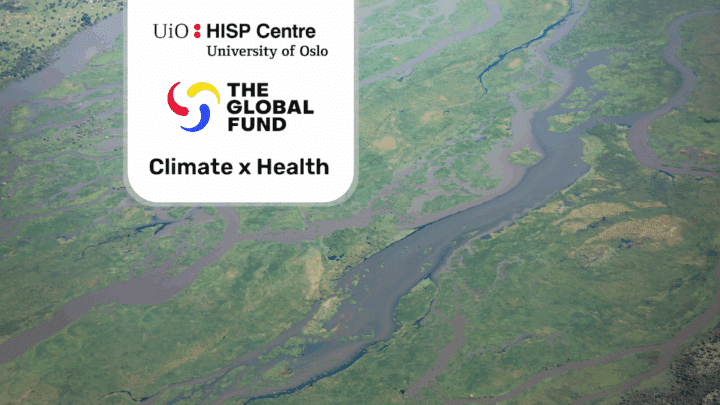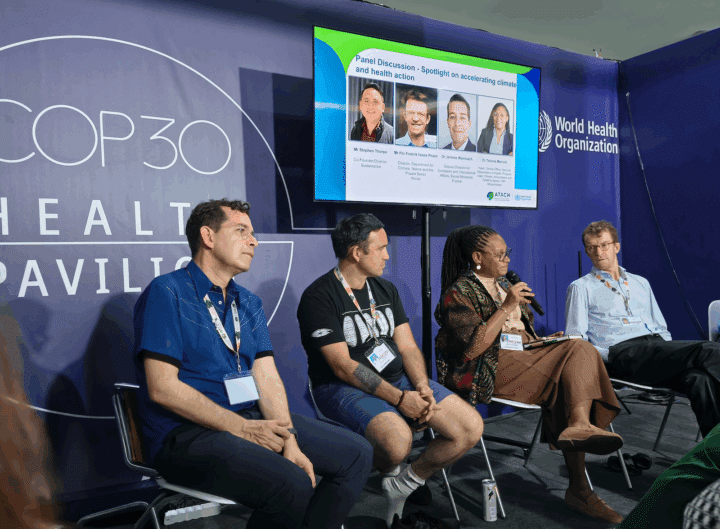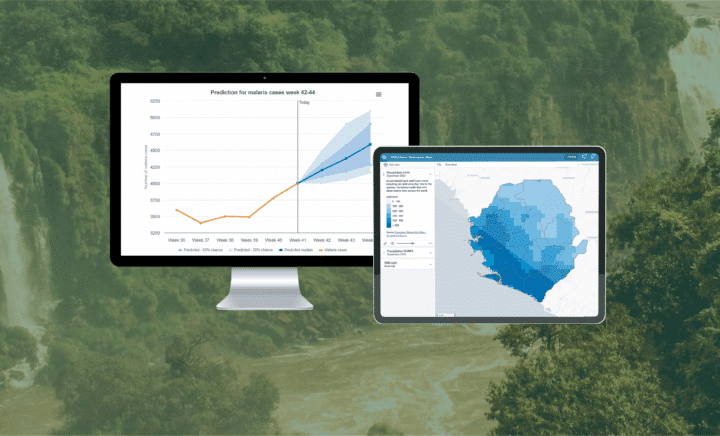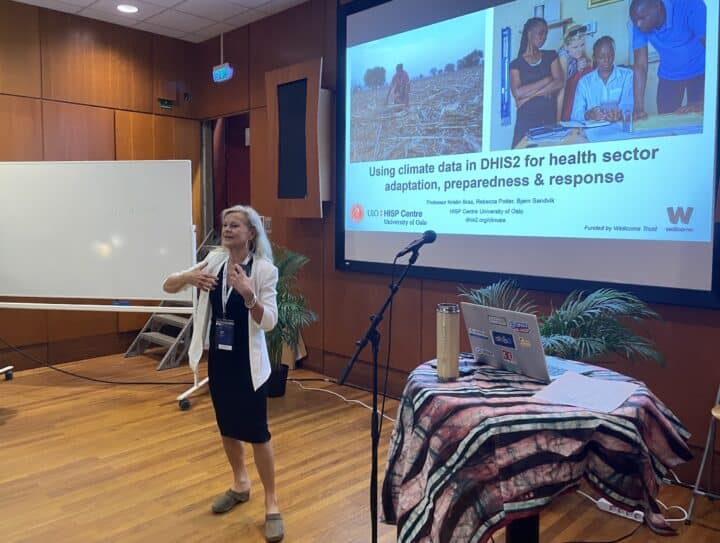The potential effects of climate change and related ecosystem disruptions are dramatic and wide-ranging, touching every part of life on our planet, including human health. In many health programs – such as infectious disease surveillance, maternal and child health, and nutrition and food security – health outcomes can be directly and indirectly impacted by environmental factors, including local climate variation and extreme weather events like floods and heat waves that are linked to global climate change. Urgent action is needed to protect at-risk communities and prevent negative health effects, particularly among populations most vulnerable to the impacts of climate change and variation on population health. Planning and prioritizing that action requires accurate and actionable data on the specific correlations between climate and environmental factors and health outcomes.
To help strengthen climate resilience, DHIS2 for Climate & Health leverages the widespread adoption of DHIS2 as a Health Management Information System – currently used by 75+ low- and middle-income countries at national scale – and enhances them through the integration of climate, weather, environmental, and earth observation data; the development of flexible and user friendly predictive modeling tools; and the design of climate services and dynamic dashboards to support effective and timely analysis and decision making in response to climate-sensitive health risks.
Since early 2024, 10 countries have partnered with local groups in the HISP network on co-designing and implementing DHIS2 Climate & Health interventions and innovations, helping inform our global work on this initiative and laying the groundwork to bring these tools to routine operational use. In recognition of its potential to support climate-resilient health systems at national scale, DHIS2 has been officially designated a Global Good for Climate and Health.
On this page, you can learn about the innovative DHIS2 tools that support the effective use of climate and health data, explore a selection of programmatic climate-health use cases, read updates and lessons learned from the ongoing action research being conducted by the HISP network, and find resources to help get started with DHIS2 for climate and health. If you would like support with a national or regional climate and health project, contact us at: climate@dhis2.org
